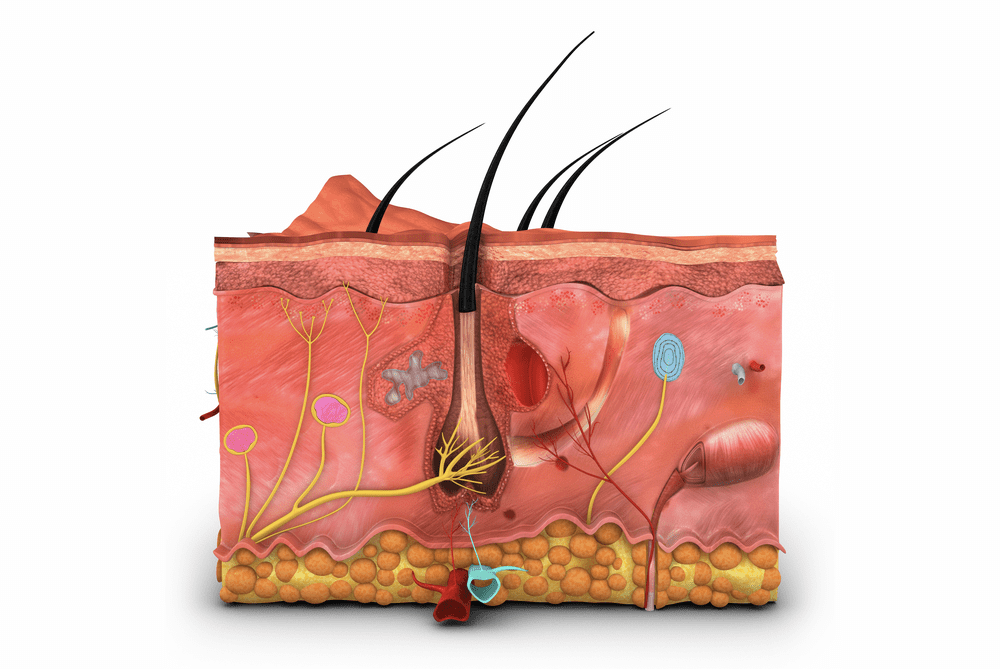Confluent and reticulated papillomatosis (CRP) is a skin disorder that appears to arise due to dysregulation of skin cell turnover. The etiology has been studied for several decades.

Image Credit: sciencepics / Shutterstock.com
Yeast infection
Initial suspicion of a cause for CRP fell upon the presence of Malassezia furfur, a yeast organism, which was thought to induce an abnormal host immune response, precipitating the eruption.
Despite this initial theory, this organism is not always seen on skin scrapings for fungi. Additionally, the lack of CRP patients positively responding to antifungal therapy also led to this theory being dropped.
Dietza infection
In 2005, a new actinomycete was isolated from the skin scrapings of a patient with CRP. This confirmed the etiological theory that ascribed the condition to a bacterial infection. These scrapings were later cultured and named Dietzia papillomatosis.
The bacteria organism responsible for the Dietza infection is a Gram-positive aerobe that is both non-acid fast and non-alcohol fast. This new species has been considered the primary pathogen in the causation of CRP since then.
Hormonal levels
Another type of approach that has been made to determine a cause of CRP has involved the investigation of whether a connection exists between CRP with endocrine disease.
Many patients with CRP have diabetes and/or obesity, both of which involve insulin resistance. In support of this idea, patients with CRP who also have these comorbidities have been advised to lose weight and maintain good control of blood glucose levels. When these measures have been taken, alleviation of CRP has also appeared to follow. Comparatively, worsening of insulin control has also been associated with poor lesion control.
High insulin levels in the blood lead to increased binding to insulin-like growth factor 1 and a host of other growth factors, including epidermal growth factor and fibroblast growth factor receptor. This binding causes proliferation of epidermal cells with decreased rates of apoptosis. Polycystic ovarian disease and hyperthyroidism have also been seen in some patients with CRP.
Despite the positive association that has been identified between CRP and certain endocrine diseases, a large number of CRP patients do not experience any metabolic derangement; therefore, another cause must be identified.
External agents
Exposure to ultraviolet (UV) light has also been proposed as a cause of CRP. To this end, researchers have hypothesized that exposure to UV light stimulated temporary epidermal hyperplasia with melanin synthesis; however, this hypothesis has not been experimentally proved.
Amyloidosis of the skin has also been proposed as an etiological agent.
Genetics
While most cases of CRP are sporadic, some familial cases have been reported.
In some CRP cases, there appears to be been an increased level of keratin production within the granulosum cell layer of the epidermis. This rise in keratin levels has been traced to the activation of K16, which is a gene that is linked to other keratin disorders such as palmoplantar keratoderma.
Another CRP report reported that a patient with CRP was found to have partial tetrasomy, or four copies, of the 15q chromosome, which is a genetic defect that has been found to play a role in dyspigmentation of the skin.
References
Further Reading